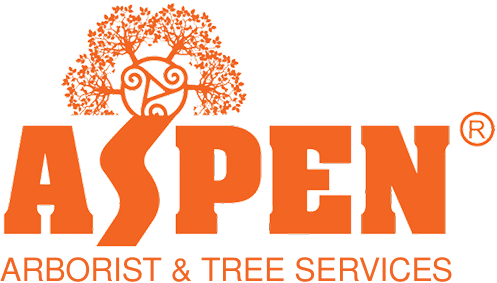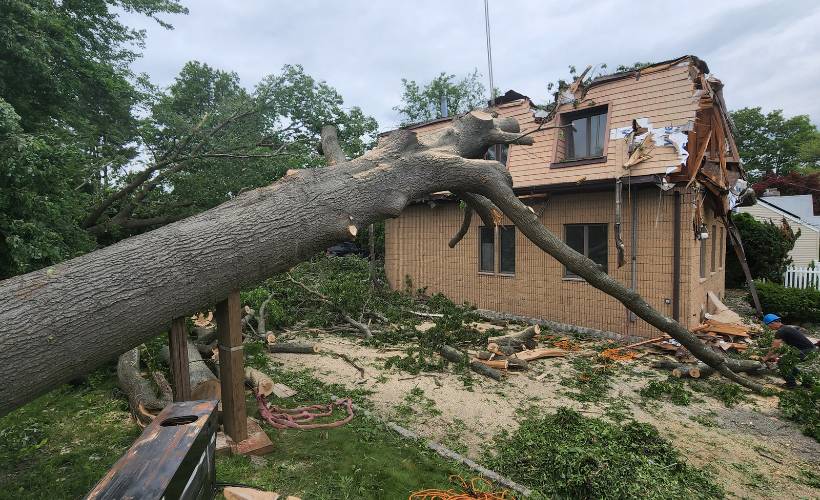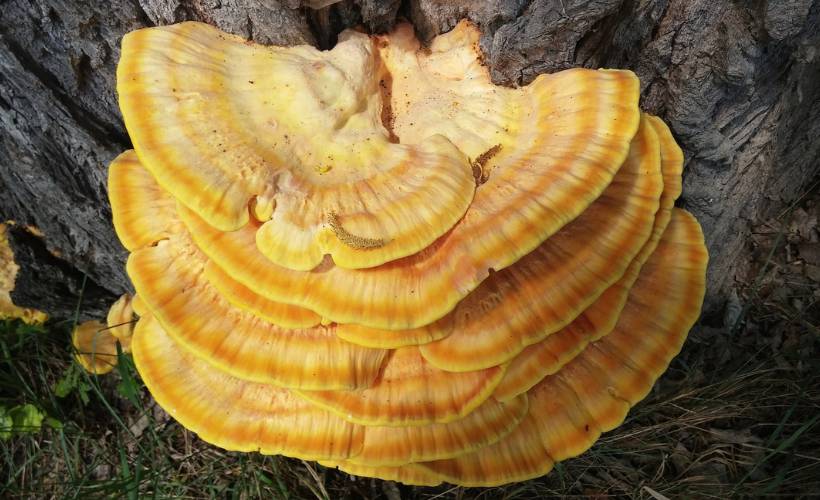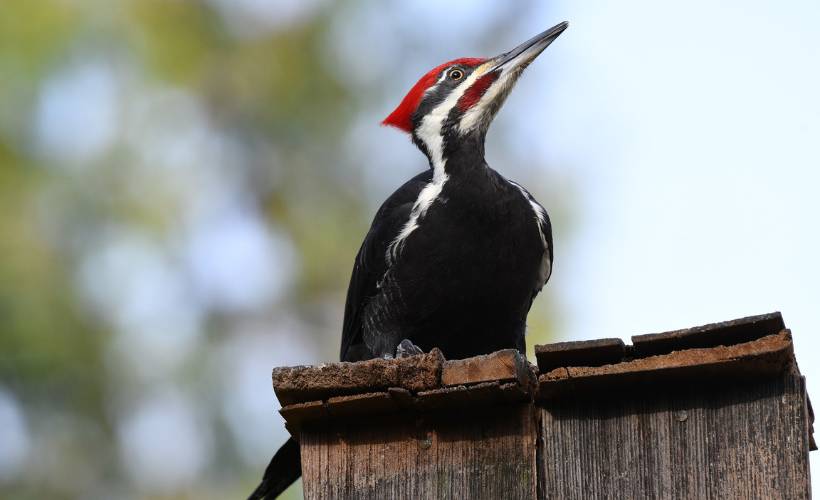Are you aware of the potential dangers lurking in your own backyard? When it comes to your trees and their health, it’s easy to overlook signs of a hazardous tree in New Jersey, especially if you don’t know what to look for.
In this article, we will explore eight signs that indicate your tree could be hazardous, including:
- Root Damage
- Leaning Trees
- Cracked Bark
- Deadwood
- Oozing
- Decay
- Increased Woodpecker Activity
- Hollow Tree
And did you realize that Clifton, New Jersey considers dead and damaged trees such a hazard that a permit isn’t even required for their removal? Discover why it’s crucial to remove these hazardous trees. Don’t take any chances!
Interested in learning how to identify hazardous trees? Rutgers University offers a course! You can get more information here.
Signs of a Hazardous Tree in New Jersey
1. Root Damage or Decay
If you notice signs of root damage or decay in your tree, it could be a potential hazard. Damaged or decaying roots make your tree less stable and can lead to further structural decay.
The most common reasons for root damage and decay include:
- Compacted Soil. This can result in poor nutrient absorption and a weakened tree
- Soil Erosion. This can weaken the roots of a tree
- Fungal Infections or Pest Infestations. These can often lead to root damage
- Physical Damage. This can occur during digging around the tree from construction equipment
Identifying and addressing these issues promptly is crucial to ensure the safety of your property and those around it. If you think your tree’s roots are compromised. Request an assessment from a New Jersey Licensed Tree Expert.
2. Leaning Trees
Not all leaning trees are indications of a hazardous tree, but they can be. Trees can lean due to root decay or inclement weather, such as high winds and storms that cause a significant hazard for homeowners. While some leaning trees cause no problems at all and are perfectly healthy, you should have your leaning tree assessed if:
- You notice your tree is leaning suddenly
- Leaning in a direction that could threaten property and people
- You notice oozing or fungal growth from the tree
3. Cracked Tree Bark Can Be a Sign of a Hazard
If you notice cracked tree bark on your tree, it could be a sign of something serious such as various forms of wilt or an infection by a fungus of the Phytophthora genus. There are several reasons why tree bark may crack. These include:
- Extreme weather conditions, such as high winds
- Environmental stressors, including drought
- Disease or insect infestation
Have cracking bark assessed to ensure it isn’t a sign of an underlying issue that could turn your tree into a danger.
4. Deadwood
If you have deadwood in your tree, it could be a sign of a hazardous tree.
A major reason for deadwood in your tree is a lack of proper maintenance. Dead branches can accumulate when trees are not regularly pruned and cared for. These branches can be weak and prone to falling, especially in the severe weather we sometimes see in New Jersey.
Additionally, diseases and pests can attack trees, causing branches to die. Regular inspections and care can help prevent deadwood and ensure the safety of your tree.
Whatever the reason, an arborist inspection a good place to start if you want to avoid problems from hazardous deadwood.
5. Irregular Oozing
If you notice oozing from your tree that isn’t due to sap, it could be a sign your tree could have a fungal infection.
Fungal infections in trees are often accompanied by a foul-smelling discolored liquid that oozes from the trunk. In addition to the liquid, you may see mushroom growth around the tree’s base and out of the trunk.
Oozing is a sign that something is seriously wrong with your tree and can lead to weakened roots that result in tree failure and death. It’s important to address oozing promptly to prevent further damage or potential safety risks.
6. Decay
There are several reasons your tree may be decaying.
A bacteria, virus, or fungus infection can kill healthy tree tissue and cause the tree to decay. Damage caused by severe weather or improper pruning can also lead to decay by causing wounds that lead to infection or a pest infestation. Alternatively, the reason could be that the tree is old and reaching the end of its lifespan, causing it to deteriorate naturally.
Whatever the case, if you notice signs of decay in your tree, it’s essential to have it inspected by a professional arborist to determine the best course of action.
7. Increased Woodpecker Activity Can Be a Hazardous Tree Sign
When woodpeckers are actively pecking at your tree, it usually means that insects or larvae are living inside the trunk, which often indicates that your tree might be diseased or dying. This feeding activity increases the damage to an already compromised tree.
If you see an abundance of woodpeckers feeding from your tree, it’s important to have it inspected by a professional arborist to assess its safety.
8. Hollow Trees Can Be Hazardous
Be aware that hollow trees can pose a danger due to their weakened structure. Hollow trees are hazardous for a few different reasons:
- The hollowed-out areas of the tree can weaken its structure, making it more susceptible to breaking or falling during strong winds or storms
- Hollow trees can provide a habitat for pests like insects and rodents, which can further damage the tree and potentially spread to nearby trees
- Hollow trees can attract woodpeckers and other birds, increasing the risk of further damage
Always exercise caution around hollow trees. Their weakened structure means they could fail at any time.
Consider Removing Your Hazardous Trees
There are many reasons why you should consider removing hazardous trees, but most importantly, dangerous trees pose a significant risk to you and your property, potentially causing severe damage or injury. In addition to damage and injury liabilities, hazardous trees can attract pests and diseases that can spread to other healthy trees in your yard, leading to more extensive damage.
In addition to reducing the potential for danger, removing hazardous trees can also improve the overall aesthetics of your property, enhancing its curb appeal and increasing its value.
So, please don’t wait until it’s too late. Consider removing hazardous trees today and have peace of mind knowing your property and loved ones are protected.
Have a Hazardous Tree That Needs Attention?
Do you have a hazardous tree you need to be removed or a tree you want to have assessed for health and safety? Call Aspen Tree Service at 201-939-8733. We’re your local experts for all of your tree service needs. We proudly serve the Clifton, New Jersey area, including Passaic, Bergen, Essex, and Morris counties.








